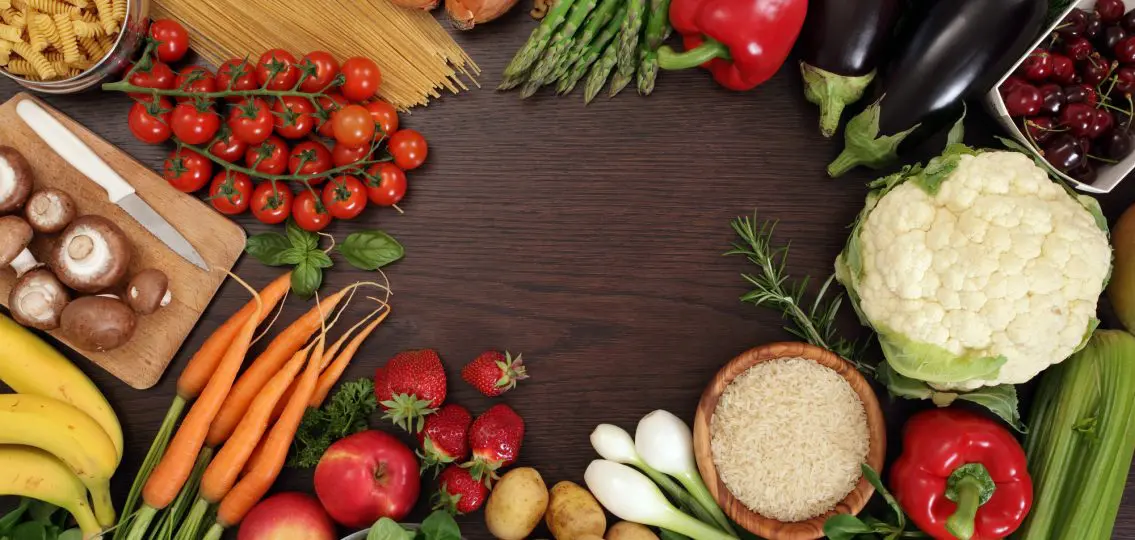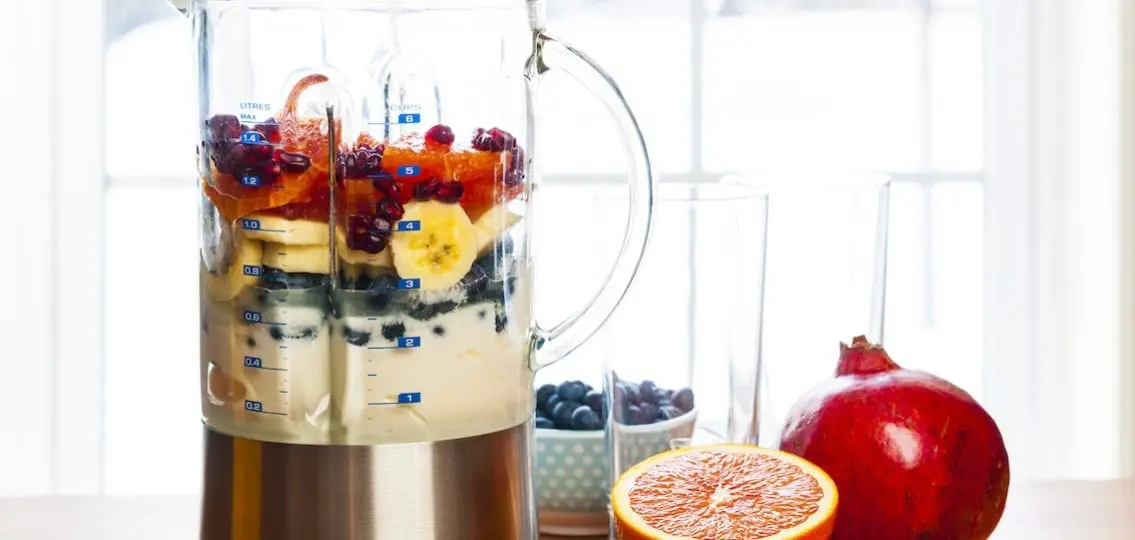Michael and Tanya were ready to throw their hands in the air. Their 15-year-old daughter had started following the Typical Teenage Diet, as I’ll call it—one that’s filled with Starbucks Frappuccinos, fast food, and irregular meal times.
The result was that she was constantly jacked on sugar and caffeine, while failing to consume sufficient levels of vitamins, minerals, protein, and more.

Of course, Michael and Tanya knew their daughter’s eating habits were problematic. As is the case with any teenager, she was going through a series of complex biological and hormonal changes that needed to be supported with optimal nutrition. Additionally, she was an athlete with a speedy metabolism that needed to be sustained with good-quality foods.
And yet, Michael and Tanya aren’t alone in their predicament; many parents struggle to instill positive eating habits amidst a life stage characterized by rebellion and identity formation. Additionally, the teenage brain isn’t really programmed to think long-term or foresee consequences, which makes it all the more difficult for them to care about nutrition in the first place.
Thankfully, however, there are a number of things parents can do bolster the nutrients into their teen’s diet.
How to Make Teen Meals More Nutritional:
1. Smoothies, smoothies, smoothies
In my opinion, smoothies are a delicious and pain-free way to get nutrients into someone’s diet: fruity and delicious-looking on the outside but chockablock full of powerful ingredients on the inside.
Start with a blend of yummy, vibrant-tasting fruits like bananas, mangoes, and pineapples. Add vanilla protein powder or plain Greek yogurt to ensure they’re consuming enough protein. From there, the opportunities are endless! Toss in some chia seeds, hemp seeds, avocado, flax meal, plain kefir, spirulina powder, and even a handful of spinach. If you’ve started with a good blend of fruit, your teen won’t be able to tell the difference. Worried the color will be off-putting? Find an opaque travel mug with a straw so they won’t be able to see it.
2. Nutritional yeast
Nutritional yeast is deactivated yeast that is extremely high in naturally-occurring B12. This supports the nervous system and helps our bodies metabolize carbohydrates, fats, and proteins. It has a nutty, cheesy kind of taste that makes a great addition to salad dressings, or you can simply sprinkle it onto vegetables, soups, salads, and more. You can pick it up at any health food store, and no one will notice a thing.
3. Make junk foods healthier
Instead of French fries, make oven-roasted sweet potato fries. Replace mashed potatoes with mashed cauliflower. Have a family taco night with a few changes: plain Greek yogurt instead of sour cream, lettuce wraps instead of taco shells, and ground turkey rather than ground beef. Have yummy-flavored kombucha in the fridge rather than pop. Make cauliflower fried rice instead of using white rice. These simple changes make a world of difference in supporting your teenager’s health.
4. Eat more meals together as a family—and welcome your children into the kitchen
A recent study published in the Journal of Nutrition Education and Behavior showed that feeling confident in your cooking skills as a teen has long-term health and nutrition benefits. The researchers interviewed 18- and 23-year-olds in 2002 and then interviewed the same people again when they were in their mid-thirties.
Those who thought of their cooking skills as adequate when they were younger consumed fast food less frequently and prepared more meals with vegetables most days. Invite your teen to help you prepare dinner so they can learn a thing or two. Plus, eating meals together as a family has the added benefit of increasing family cohesion and connection. This is especially important during one’s teenage years.
5. Buy fortified products
Walk through any grocery store today and you’ll find a plethora of products that have done the work for you. For example, you can now buy pasta products that contain multiple servings of vegetables without affecting the taste. Some cereals are fortified with folate and other nutrients, and protein powders by companies like Vega include multiple servings of vegetables and other great stuff like omega-3 fatty acids and probiotics.
6. When all else fails, give them a multivitamin
While multivitamins don’t make up for a poor diet, they can help fill any gaps in one’s diet. Pick a multi that derives its nutrients from whole foods. These are higher-quality and better absorbed than multivitamins that are purely synthetic.





